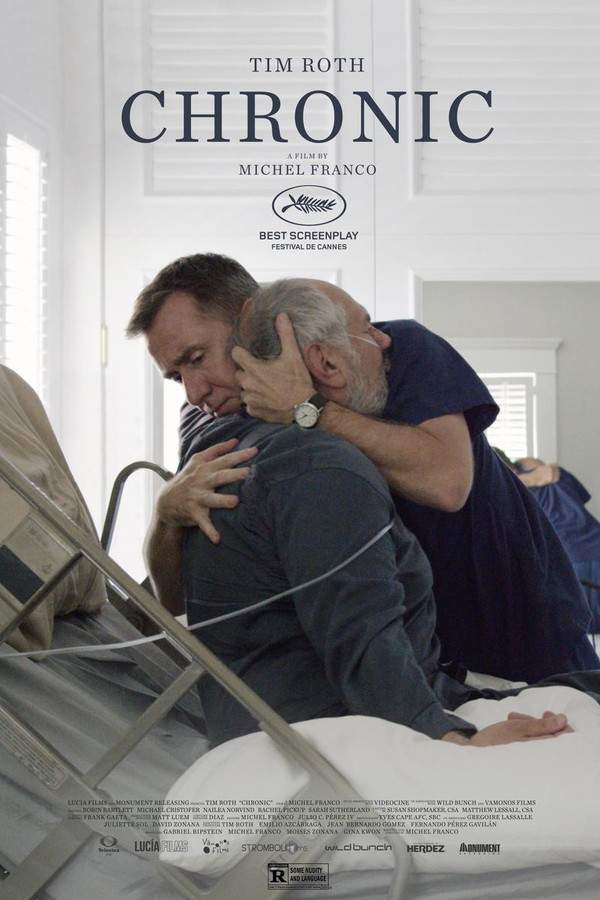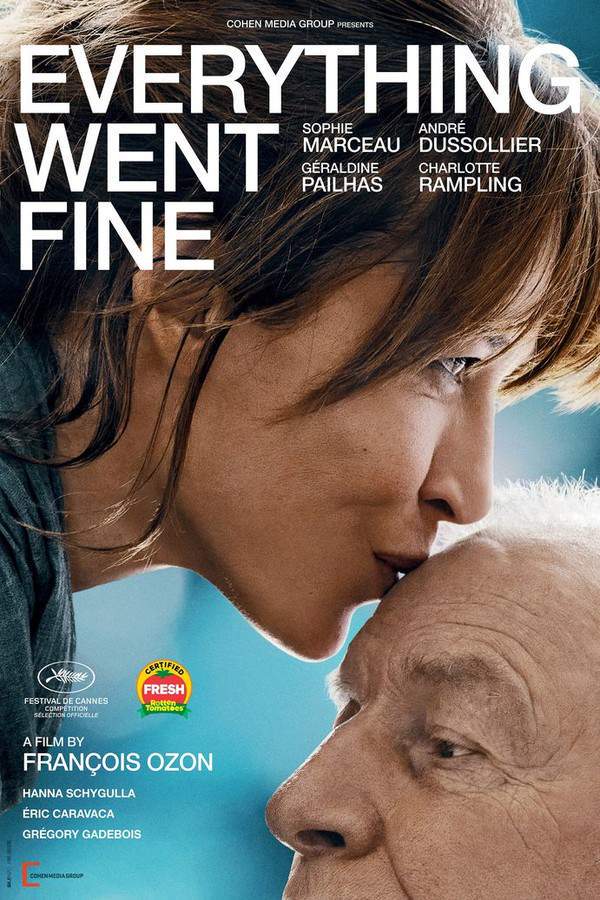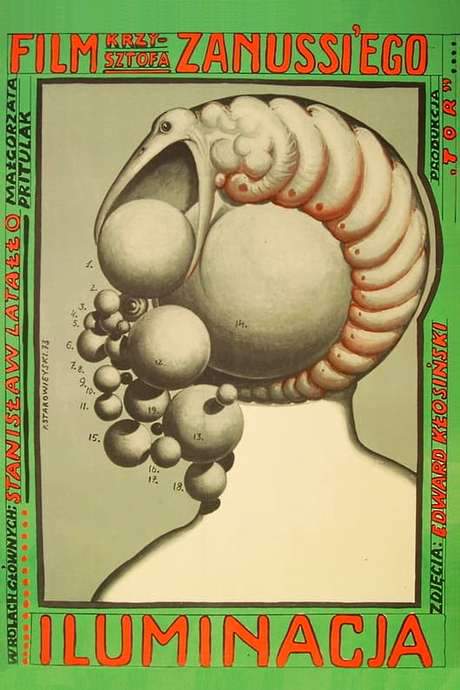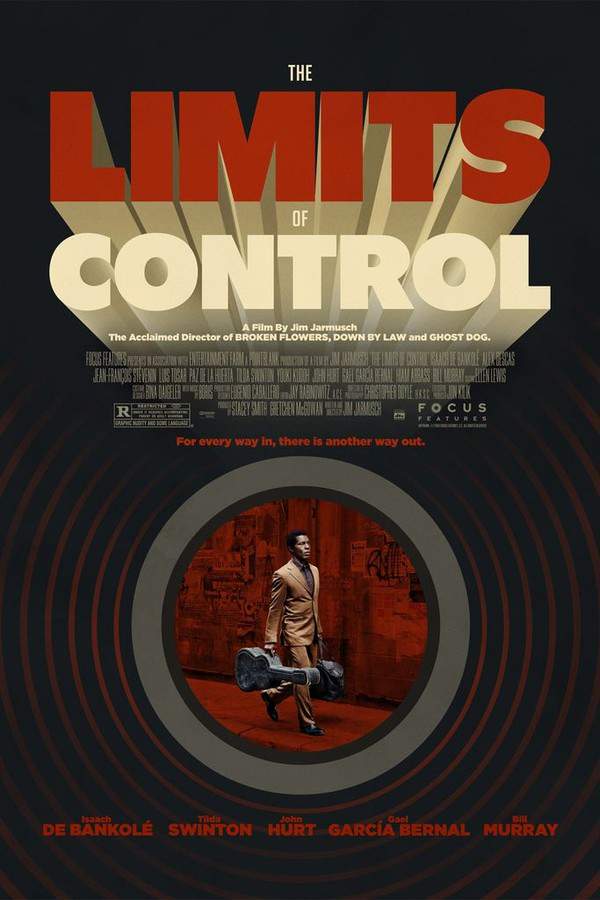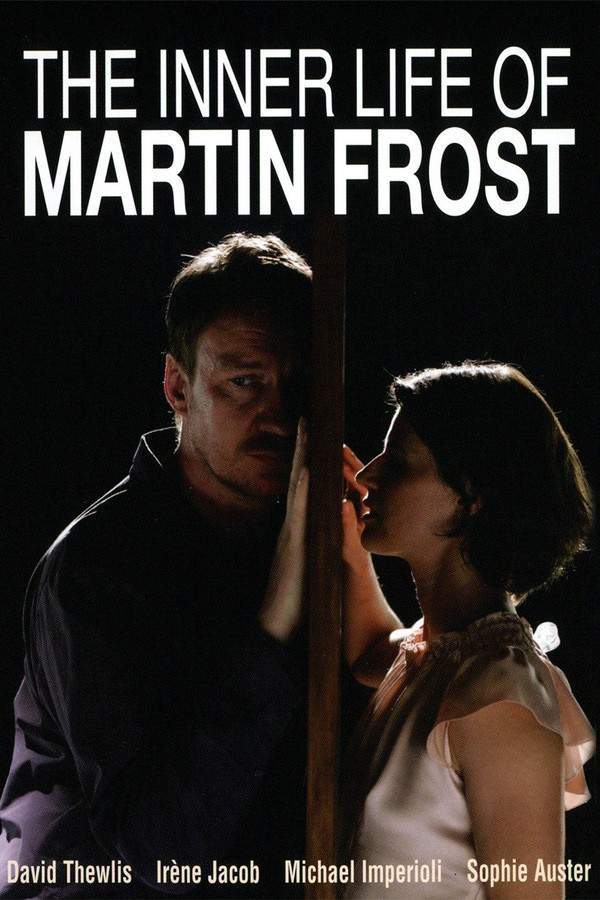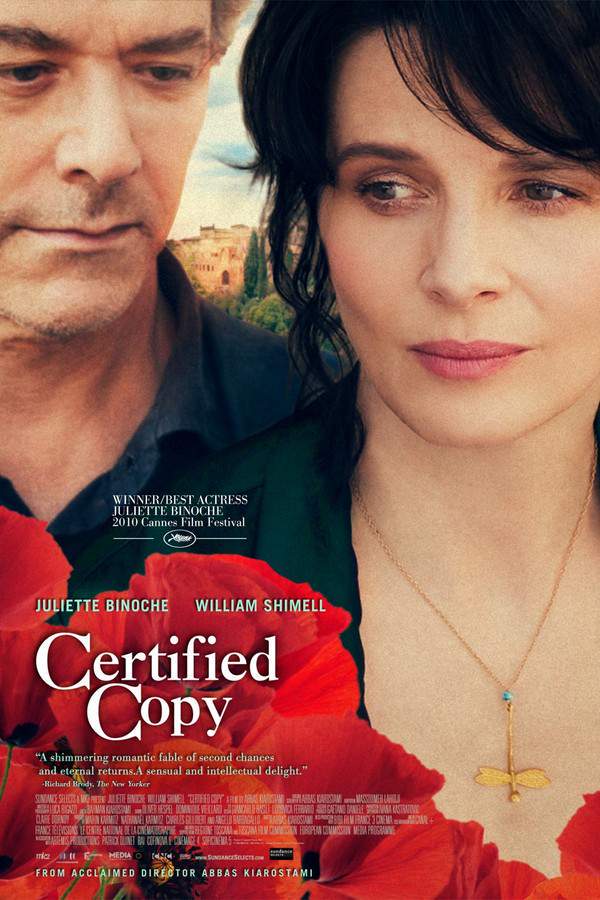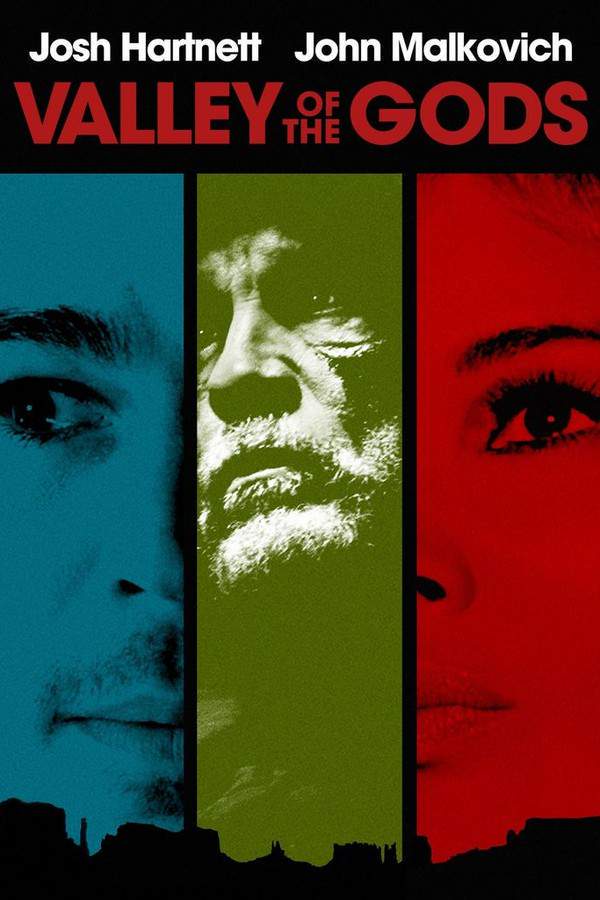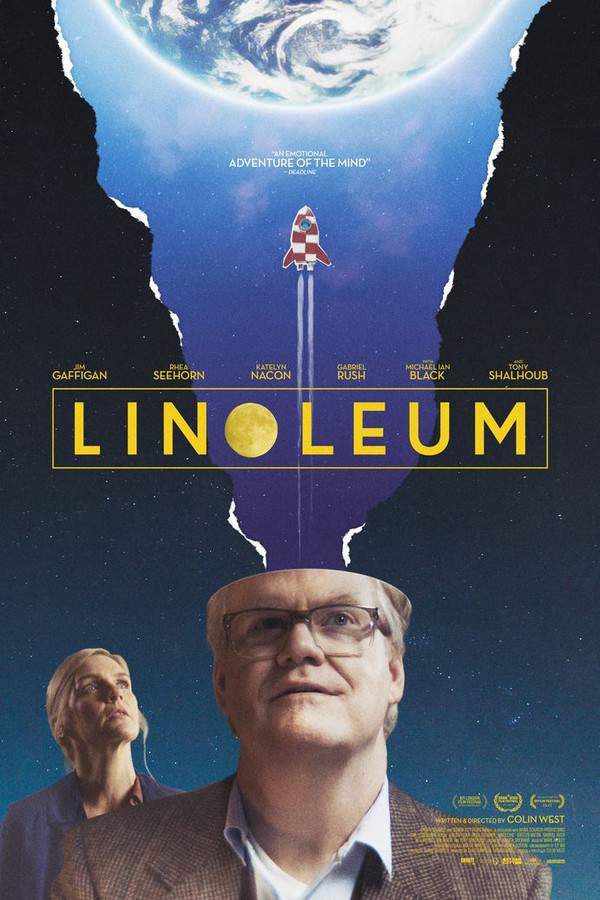
Ship of Theseus
Year: 2012
Runtime: 143 mins
Language: Hindi
Director: Anand Gandhi
How do you know where you end and where your environment begins? Three stories about persons forced to think about the ethics and moral issues raised by medical advances.
Warning: spoilers below!
Haven’t seen Ship of Theseus yet? This summary contains major spoilers. Bookmark the page, watch the movie, and come back for the full breakdown. If you're ready, scroll on and relive the story!
Ship of Theseus (2012) – Full Plot Summary & Ending Explained
Read the complete plot breakdown of Ship of Theseus (2012), including all key story events, major twists, and the ending explained in detail. Discover what really happened—and what it all means.
Ship of Theseus, also known as Theseus’s Paradox, unfolds as a thought-provoking tapestry of three interwoven journeys that probe how identity holds when bodies, beliefs, and even art undergo profound change. The film invites you to consider how meaning persists—or dissolves—across transformation, blending philosophy with intimate, human stories.
Aaliya Kamal, Aaliya Kamal, is a visually impaired photographer whose cornea transplant promises to restore her sight. Yet the return of vision unsettles her; she depends on sound, language software, and textual edits to shape her photographs, and she doubts whether her work remains truly hers once the senses that guided it return. Before the surgery, spontaneity gave her images a playful, instinctive edge. After the operation, the pictures often feel staged, controlled, and less authentic. In a bid to reconnect with her creative Mojo, she tries to recapture her instinctive practice—covering her eyes to shoot, venturing into the mountains, and letting ambiguity guide her lens. The film follows her quiet struggle to redefine artistry once sight returns, and she confronts the uneasy gap between perception and expression.
Maitreya, Maitreya, is an erudite Jain monk who has spent years leading a campaign against animal testing in India. His public crusade clashes with a personal crisis when liver cirrhosis forces him to confront the very medicines he opposes. The doctor warns that a transplant is his only viable future, but accepting treatment would mean relying on the very pharmaceutical products he opposes. He tries to stay true to his principles, even as his condition worsens: he reduces his intake to raw foods, withdraws from social contact, and endures a painful decline marked by a spreading skin condition and loss of bodily control. In a difficult turn, he eventually agrees to receive medical care from a doctor, balancing his ideals with the fragility of life.
Navin, Navin, a young stockbroker, has just received a new kidney when he learns of an organ theft case involving a bricklayer named Shankar. Shankar’s kidney was taken during a routine operation at the same hospital, raising fears that Navin’s donor kidney might have come from someone else. As the narrative threads converge, Navin travels to Sweden in search of a way to help Shankar reclaim his kidney, while contemplating whether a monetary settlement might be a more practical solution than restoring both men to full health. Navin participates in a broader, morally charged gathering of eight beneficiaries of the donor’s organs. He discovers that he received the left kidney, while Maitreya received the liver and Aaliya received the corneas, highlighting a shared fragility and the precariousness of identity across multiple bodies.
Across these stories, the film braids the idea of the Ship of Theseus with a modern meditation on the ethics of the body. The lives of Aaliya, Maitreya, and Navin become a meditation on how much of who we are is tied to the material we inhabit, and how much persists when parts are replaced or reconciled with others. The narrative also culminates in a nod to Plato’s Allegory of the Cave, suggesting that human beings often mistake appearances for reality and struggle to see beyond the shadows that shape their understanding. In the final scenes, a shadow moves along the wall of the cave, a stark reminder that the journey toward truth can be as challenging as it is essential.
Throughout the film, themes of memory, perception, and moral responsibility unfold with quiet intensity. The characters wrestle with questions about control—over one’s art, one’s body, and one’s choices about life and death—and they confront how changes in one dimension can ripple through every other part of a person’s sense of self. The Layered storytelling invites viewers to reflect on what it means for a person to remain themselves when the core elements of who they are—whether in sight, voice, or vital organs—are altered, replaced, or reimagined. And in doing so, it invites a broader contemplation of identity as a dynamic, evolving conversation between form and matter, past and present, belief and mercy.
Last Updated: October 01, 2025 at 10:21
Explore Movie Threads
Discover curated groups of movies connected by mood, themes, and story style. Browse collections built around emotion, atmosphere, and narrative focus to easily find films that match what you feel like watching right now.
Philosophical medical dramas like Ship of Theseus
Stories that explore the moral and personal consequences of medical intervention.If you liked the thoughtful ethical dilemmas in Ship of Theseus, this thread gathers movies that similarly explore identity, bodily autonomy, and the moral complexities of medicine. Discover other slow-burn, character-driven stories that challenge perceptions with quiet intensity.
Narrative Summary
Narratives in this thread often follow characters grappling with the implications of medical procedures, organ donation, or bodily transformation. The conflict is primarily internal and philosophical, as protagonists navigate the gray areas of ethics, consent, and the very definition of self, often without clear-cut resolutions.
Why These Movies?
These films are grouped together because they share a deep preoccupation with medical and ethical themes, a reflective and melancholic tone, and a focus on the quiet, personal impact of scientific advancement on the human condition. They prioritize thoughtful exploration over plot-driven suspense.
Movies with interwoven narratives like Ship of Theseus
Films where separate lives thematically converge into a larger whole.Fans of the interconnected storytelling in Ship of Theseus will appreciate this collection of films that link multiple character arcs around a central idea. Find similar complex dramas where separate stories thematically converge, creating a rich, meditative exploration of life's big questions.
Narrative Summary
Stories in this thread are structured around multiple protagonists whose tales unfold in parallel, connected not by direct interaction but by shared themes, metaphors, or a central philosophical question. The narrative journey is about piecing together these thematic threads to understand the filmmaker's broader commentary on life, society, or human nature.
Why These Movies?
These movies are united by their complex, non-linear narrative structures that prioritize thematic resonance over conventional plot. They share a slow, deliberate pacing that allows for deep reflection and a tone that is often melancholic or introspective, inviting the audience to actively participate in finding meaning.
Unlock the Full Story of Ship of Theseus
Don't stop at just watching — explore Ship of Theseus in full detail. From the complete plot summary and scene-by-scene timeline to character breakdowns, thematic analysis, and a deep dive into the ending — every page helps you truly understand what Ship of Theseus is all about. Plus, discover what's next after the movie.
Ship of Theseus Timeline
Track the full timeline of Ship of Theseus with every major event arranged chronologically. Perfect for decoding non-linear storytelling, flashbacks, or parallel narratives with a clear scene-by-scene breakdown.

Characters, Settings & Themes in Ship of Theseus
Discover the characters, locations, and core themes that shape Ship of Theseus. Get insights into symbolic elements, setting significance, and deeper narrative meaning — ideal for thematic analysis and movie breakdowns.

Ship of Theseus Spoiler-Free Summary
Get a quick, spoiler-free overview of Ship of Theseus that covers the main plot points and key details without revealing any major twists or spoilers. Perfect for those who want to know what to expect before diving in.

More About Ship of Theseus
Visit What's After the Movie to explore more about Ship of Theseus: box office results, cast and crew info, production details, post-credit scenes, and external links — all in one place for movie fans and researchers.




